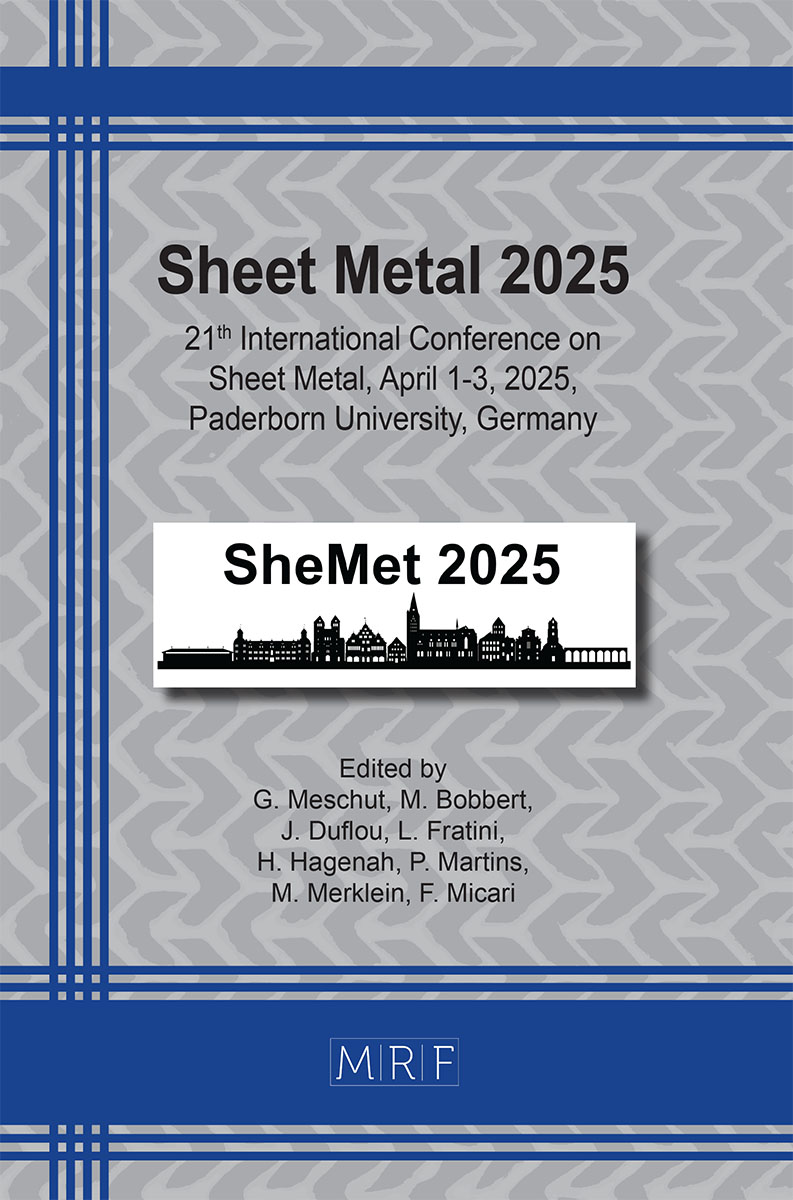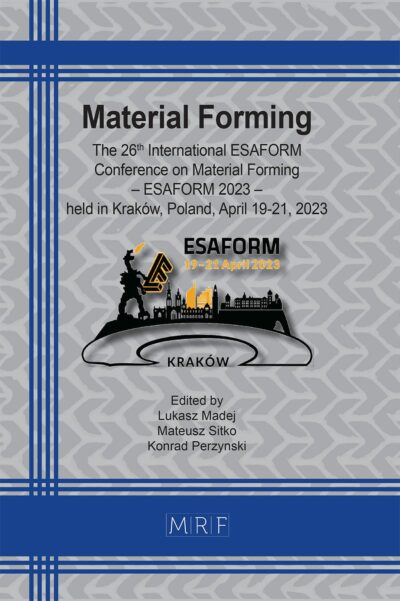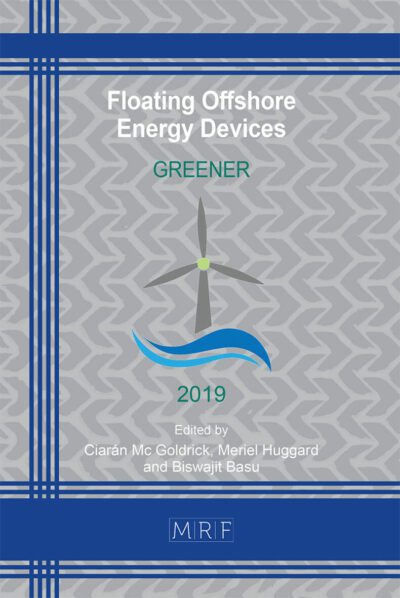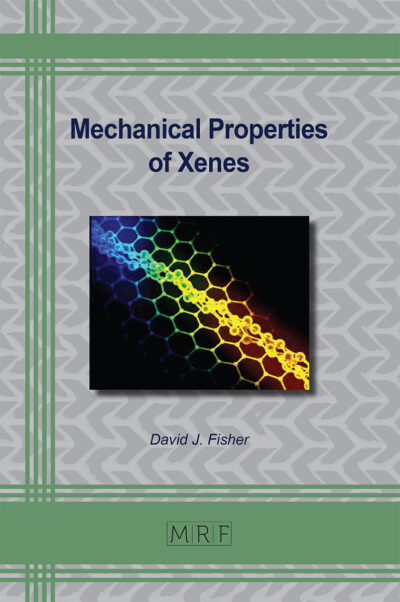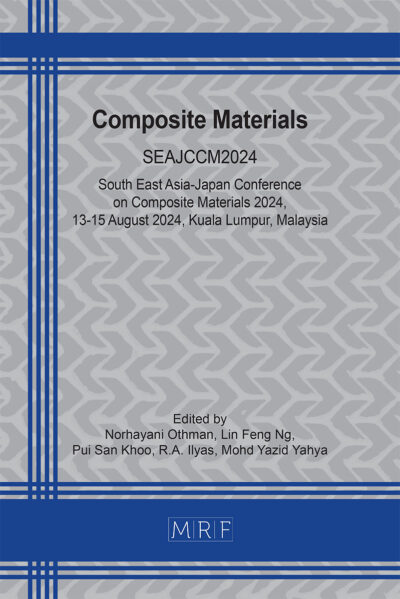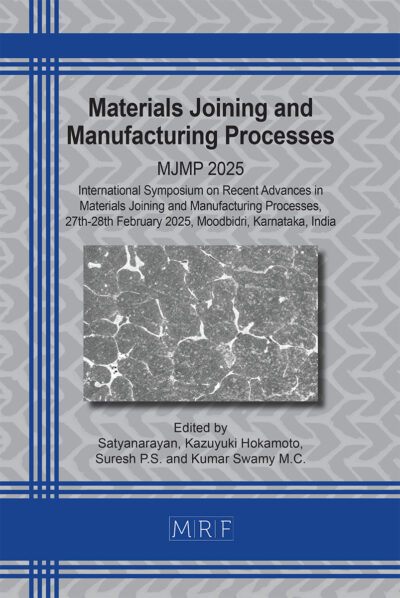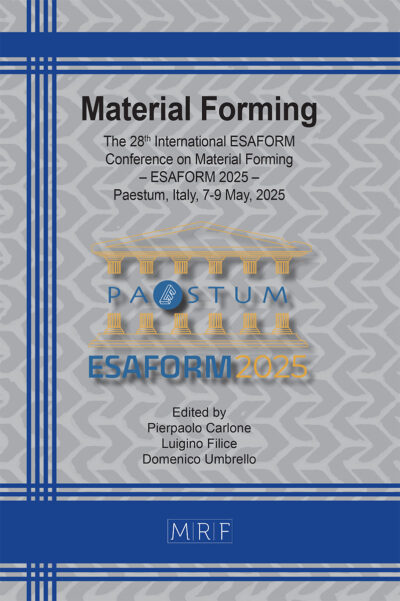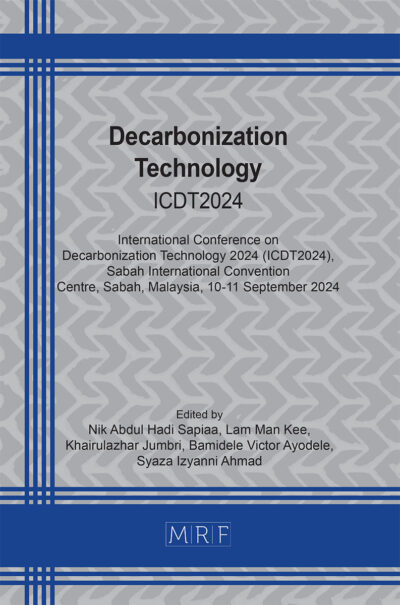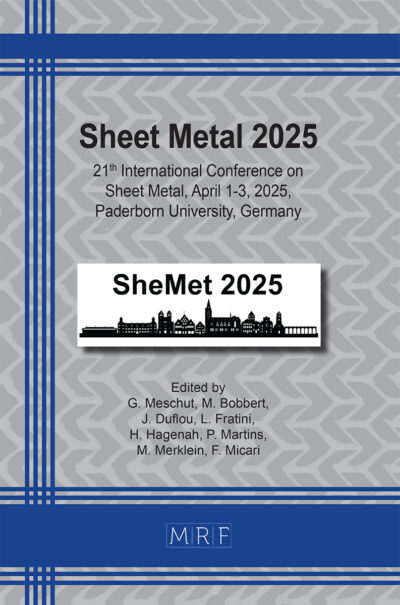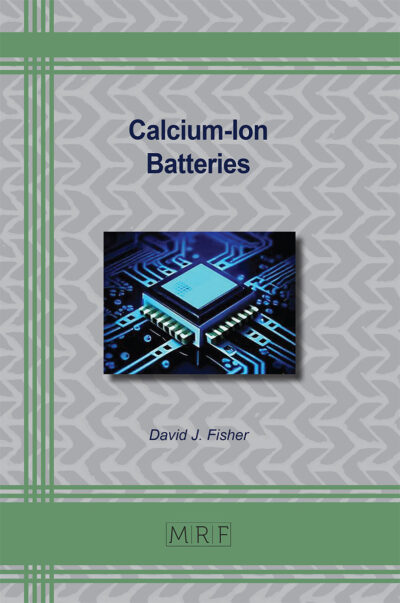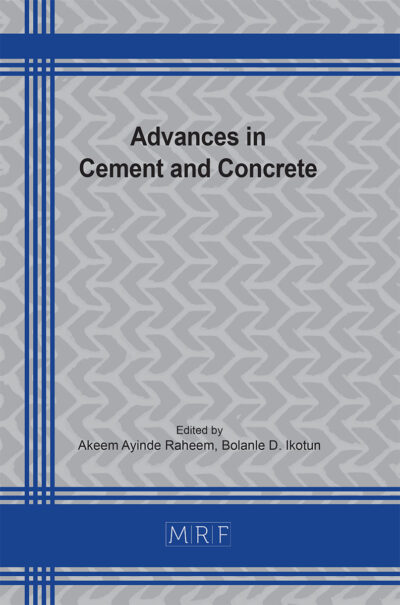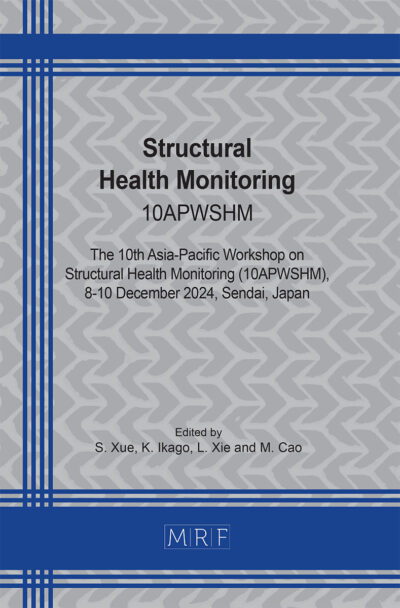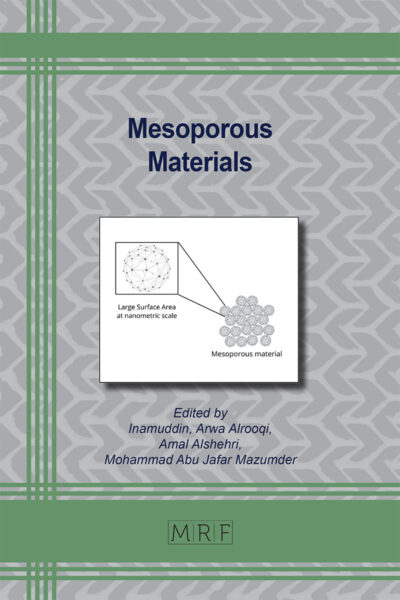Impact of the parameter distribution on the predictive quality of metamodels for clinch joint properties
Jonathan-Markus Einwag, Yannik Mayer, Stefan Goetz, Sandro Wartzack
Abstract. The growing significance of lightweight design, reveals drawbacks of conventional joining processes such as welding, which are known to consume a considerable amount of energy. This fosters the use of mechanical joining processes including clinching. However, the lack of universally applicable design methods results in a cost- and time-intensive design process. The utilization of machine learning methods can overcome these drawbacks. To ensure a reliable clinch joint design, inherent uncertainties of the design parameter such as tool deviations need to be considered in the design process. Varying distributions of design parameters, due to changes in the manufacturing process, can lead to high-computational effort in recalculating the resulting clinch joint properties with numerical simulations. Current metamodel-based methods for consideration of inherent uncertainties within the design parameters do not investigate the transferability of metamodels to different distributions of design parameters, which can lead to incorrect predictions. Therefore, this contribution investigates the performance of several metamodels on differently distributed design parameters. The obtained results indicate that metamodels demonstrate the best performance when training and evaluation distributions are identical and that polynomial regression models perform best on disparate distributions, when trained on uniform distributions.
Keywords
Uncertainty, Machine Learning, Mechanical Joining
Published online 4/1/2025, 8 pages
Copyright © 2025 by the author(s)
Published under license by Materials Research Forum LLC., Millersville PA, USA
Citation: Jonathan-Markus Einwag, Yannik Mayer, Stefan Goetz, Sandro Wartzack, Impact of the parameter distribution on the predictive quality of metamodels for clinch joint properties, Materials Research Proceedings, Vol. 52, pp 285-292, 2025
DOI: https://doi.org/10.21741/9781644903551-35
The article was published as article 35 of the book Sheet Metal 2025
![]() Content from this work may be used under the terms of the Creative Commons Attribution 3.0 license. Any further distribution of this work must maintain attribution to the author(s) and the title of the work, journal citation and DOI.
Content from this work may be used under the terms of the Creative Commons Attribution 3.0 license. Any further distribution of this work must maintain attribution to the author(s) and the title of the work, journal citation and DOI.
References
[1] Ewenz, Lars; Kuczyk, Martin; Zimmermann, Martina: Effect of the tool geometry on microstructure and geometrical features of clinched aluminum. In: Journal of Advanced Joining Processes Vol. 5 (2022), S. 100091. https://doi.org/10.1016/j.jajp.2021.100091
[2] Kascak, L.; Spisak, E.; Majernikova, J.: Clinching and Clinch-Riveting as a Green Alternative to Resistance Spot Welding. In: 2019 International Council on Technologies of Environmental Protection (ICTEP). Starý Smokovec, Slovakia: IEEE, 2019, S. 138-142. https://doi.org/10.1109/ICTEP48662.2019.8968973
[3] Lee, Chan-Joo, et al.: Design of mechanical clinching tools for joining of aluminium alloy sheets. In: Materials & Design Vol. 31 (2010), Nr. 4, S. 1854-1861. https://doi.org/10.1016/j.matdes.2009.10.064
[4] DVS-Merkblätter und -Richtlinien, Mechanisches Fügen (2009).
[5] De Paula, A.A., et al.: Finite element simulations of the clinch joining of metallic sheets. In: Journal of Materials Processing Technology Vol. 182 (2007), Nr. 1-3, S. 352-357. https://doi.org/10.1016/j.jmatprotec.2006.08.014
[6] Oudjene, M.; Ben-Ayed, L.: On the parametrical study of clinch joining of metallic sheets using the Taguchi method. In: Engineering Structures Vol. 30 (2008), Nr. 6, S. 1782-1788. https://doi.org/10.1016/j.engstruct.2007.10.017
[7] Lambiase, Francesco: Influence of process parameters in mechanical clinching with extensible dies. In: The International Journal of Advanced Manufacturing Technology Vol. 66 (2013), Nr. 9-12, S. 2123-2131. https://doi.org/10.1007/s00170-012-4486-4
[8] Oudjene, M.; Ben-Ayed, L.; Batoz, J.-L.: Geometrical Optimization Of Clinch Forming Process Using The Response Surface Method. In: AIP Conference Proceedings. Vol. 908. Porto (Portugal): AIP, 2007, S. 531-536. https://doi.org/10.1063/1.2740865
[9] Lebaal, Nadhir; Oudjene, Marc; Roth, Sébastien: The optimal design of sheet metal forming processes: application to the clinching of thin sheets. In: International Journal of Computer Applications in Technology Vol. 43 (2012), Nr. 2, S. 110. https://doi.org/10.1504/IJCAT.2012.046041
[10] Lambiase, F.; Di Ilio, A.: Optimization of the Clinching Tools by Means of Integrated FE Modeling and Artificial Intelligence Techniques. In: Procedia CIRP Vol. 12 (2013), S. 163-168. https://doi.org/10.1016/j.procir.2013.09.029
[11] Martin, Sven, et al.: Numerical investigation of the clinched joint loadings considering the initial pre-strain in the joining area. In: Production Engineering Vol. 16 (2022), Nr. 2-3, S. 261-273. https://doi.org/10.1007/s11740-021-01103-w
[12] Zirngibl, Christoph, et al.: Knowledge and Data-Based Design and Dimensioning of Mechanical Joining Connections. In: Volume 2: 42nd Computers and Information in Engineering Conference (CIE). St. Louis, Missouri, USA: American Society of Mechanical Engineers, 2022. https://doi.org/10.1115/DETC2022-89172
[13] Zirngibl, Christoph; Schleich, Benjamin; Wartzack, Sandro: Robust estimation of clinch joint characteristics based on data-driven methods. In: The International Journal of Advanced Manufacturing Technology Vol. 124 (2023), Nr. 3-4, S. 833-845. https://doi.org/10.1007/s00170-022-10441-7
[14] Zirngibl, C; Goetz, S; Wartzack, S: Influence of process variations on clinch joint characteristics considering the effect of the nominal tool design. In: Proceedings of the Institution of Mechanical Engineers, Part E: Journal of Process Mechanical Engineering (2024). https://doi.org/10.1177/09544089241259347
[15] Drossel, Welf-Guntram; Israel, Markus; Falk, Tobias: Robustness evaluation and tool optimization in forming applications.
[16] Drossel, Welf-Guntram, et al.: Unerring Planning of Clinching Processes through the Use of Mathematical Methods. In: Key Engineering Materials Vol. 611-612 (2014), S. 1437-1444. https://doi.org/10.4028/www.scientific.net/KEM.611-612.1437
[17] Bode, Christoph; Goetz, Stefan; Wartzack, Sandro: On the transferability of nominal surrogate models to uncertainty consideration of clinch joint characteristics. In: Procedia CIRP (2024). https://doi.org/10.1016/j.procir.2024.10.027
[18] DIN ISO 2768-1:1991-06, Allgemeintoleranzen; Toleranzen für Längen- und Winkelmaße ohne einzelne Toleranzeintragung; Identisch mit ISO 2768-1:1989.
[19] Nigam, Swami D; Turner, Joshua U: Review of statistical approaches to tolerance analysis. In: Computer-Aided Design Vol. 27 (1995), Nr. 1, S. 6-15. https://doi.org/10.1016/0010-4485(95)90748-5
[20] Klein, Bernd: Prozessorientierte statistische Tolerierung: mathematische Grundlagen – Toleranzverknüpfungen – Prozesskontrolle – Maßkettenrechnung – Praktische Anwendung; mit 61 Tabellen, Haus der Technik – Fachbuch. Renningen: expert-Verl, 2007.
[21] DIN EN 485-4:2019-05, Aluminium und Aluminiumlegierungen – Bänder, Bleche und Platten – Teil 4: Grenzabmaße und Formtoleranzen für kaltgewalzte Erzeugnisse; Deutsche Fassung EN 485-4:1993.
[22] Fisher, R. A.: The design of experiments. 9. ed. New York: Hafner Press, 1974.
[23] Bielak, C. R., et al.: Numerical analysis of the robustness of clinching process considering the pre-forming of the parts. In: Journal of Advanced Joining Processes Vol. 3 (2021), S. 100038. https://doi.org/10.1016/j.jajp.2020.100038
[24] Bielak, Christian Roman, et al.: Further development of a numerical method for analyzing the load capacity of clinched joints in versatile process chains. In: ESAFORM 2021 (2021). https://doi.org/10.25518/esaform21.4298
[25] Zirngibl, Christoph; Schleich, Benjamin: Approach for the Automated Analysis of Geometrical Clinch Joint Characteristics. In: Key Engineering Materials Vol. 883 (2021), S. 105-110. https://doi.org/10.4028/www.scientific.net/KEM.883.105
[26] Zirngibl, Christoph; Schleich, Benjamin; Wartzack, Sandro: APPROACH FOR THE AUTOMATED AND DATA-BASED DESIGN OF MECHANICAL JOINTS. In: Proceedings of the Design Society Vol. 1 (2021), S. 521-530. https://doi.org/10.1017/pds.2021.52
[27] Pedregosa, Fabian, et al.: Scikit-learn: Machine Learning in Python. In: MACHINE LEARNING IN PYTHON.
[28] Most, Thomas; Will, Johannes: Meta-model of Optimal Prognosis – An automatic approach for variable reduction and optimal meta-model selection (2008).
[29] Massey, Frank J.: The Kolmogorov-Smirnov Test for Goodness of Fit. In: Journal of the American Statistical Association Vol. 46 (1951), Nr. 253, S. 68-78. https://doi.org/10.1080/01621459.1951.10500769

